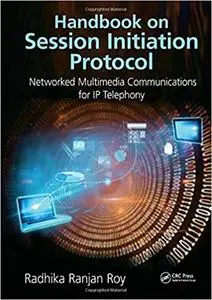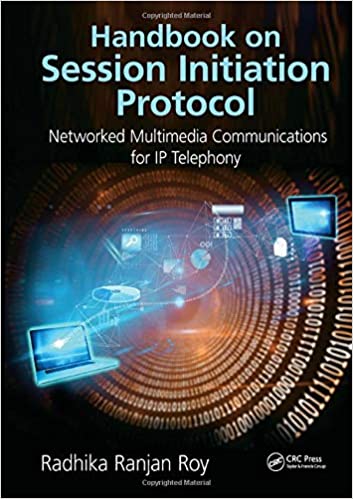Radhika Ranjan Roy, "Handbook on Session Initiation Protocol Networked Multimedia Communications for IP Telephony"
English | 2016 | ISBN: 1498747701 | PDF | pages: 872 | 14.8 mb
English | 2016 | ISBN: 1498747701 | PDF | pages: 872 | 14.8 mb
Session Initiation Protocol (SIP), standardized by the Internet Engineering Task Force (IETF), has emulated the simplicity of the protocol architecture of hypertext transfer protocol (HTTP) and is being popularized for VoIP over the Internet because of the ease with which it can be meshed with web services. However, it is difficult to know exactly how many requests for comments (RFCs) have been published over the last two decades in regards to SIP or how those RFCs are interrelated.
Handbook on Session Initiation Protocol: Networked Multimedia Communications for IP Telephony solves that problem. It is the first book to put together all SIP-related RFCs, with their mandatory and optional texts, in a chronological and systematic way so that it can be used as a single super-SIP RFC with an almost one-to-one integrity from beginning to end, allowing you to see the big picture of SIP for the basic SIP functionalities. It is a book that network designers, software developers, product manufacturers, implementers, interoperability testers, professionals, professors, and researchers will find to be very useful.
The text of each RFC from the IETF has been reviewed by all members of a given working group made up of world-renowned experts, and a rough consensus made on which parts of the drafts need to be mandatory and optional, including whether an RFC needs to be Standards Track, Informational, or Experimental. Texts, ABNF syntaxes, figures, tables, and references are included in their original form. All RFCs, along with their authors, are provided as references. The book is organized into twenty chapters based on the major functionalities, features, and capabilities of SIP.



